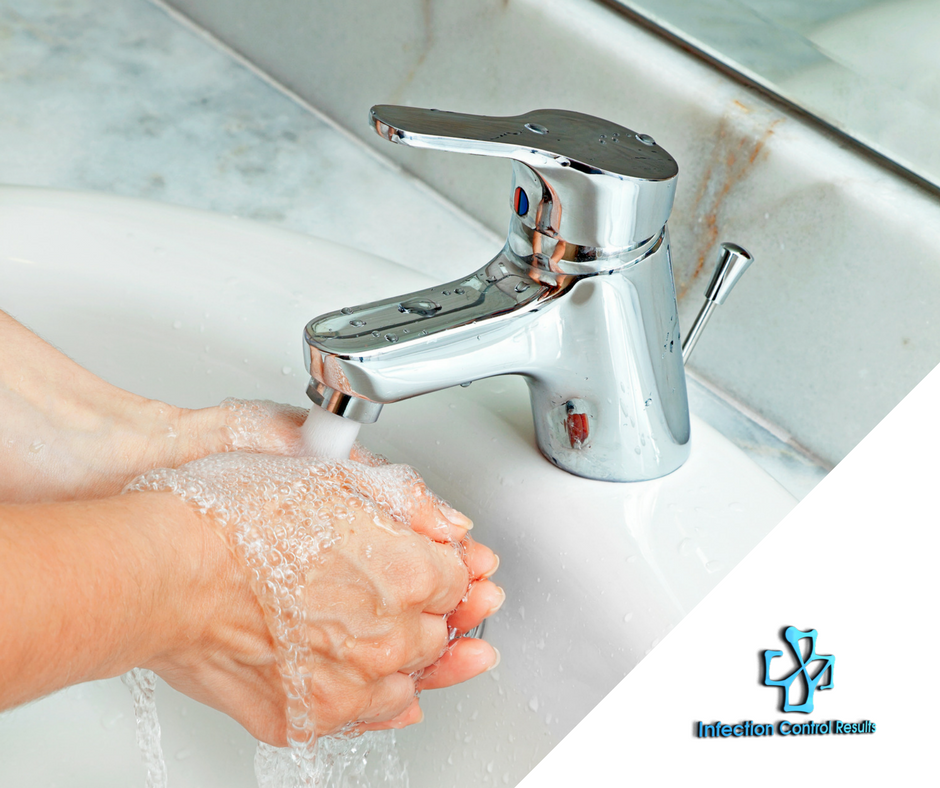
14 Dec What does an infection control professional do?
Infection preventionist, infection control practitioner, infection control coordinator, infection control nurse, nurse epidemiologist, and infection control officer are some of the titles given to the person responsible for the infection control program at healthcare facilities. Infection control professionals typically have a background in nursing, medical technology, microbiology or public health.
The infection control professional (IP) is accountable for the facility-wide program. The IP is responsible for decreasing activities that can lead to infection, regardless of who is involved or where those events occur. Therefore, the IP may ‘visit’ any department or unit in the facility. Since they work ‘behind the scenes’ rather than in direct patient care, their role is often not well understood. As a result, the IP may not be a welcome visitor in the department or unit. Acute care hospitals usually have at least one full-time IP, while critical access hospitals, nursing homes and ambulatory surgery centers will designate a staff member to fulfill the IP role in addition to other duties.
In any healthcare setting, the role is multifaceted and includes educator, data collector, resource/consultant, change agent, and patient advocate.
The typical infection control professional spends a lot of time educating staff and providers about the best methods to prevent infections. Less frequently, the IP will educate visitors or patients. Although hand hygiene may spring to mind when infection control is mentioned, the IP is also well versed in a variety of topics to help keep patients safe.
The Centers for Medicare and Medicaid Services (CMS) requires acute care hospitals to report six different healthcare associated infections. Some states mandate reporting of additional infections as well as the CMS requirements. Therefore, in many cases, the IP spends a lot of time performing surveillance (an ongoing systematic collection of data related to infections or practice). Surveillance is performed using criteria to determine if a potential infection is, indeed, healthcare associated. Acute care hospitals, inpatient rehabilitation hospitals, and long-term acute care hospitals (LTACHs) use surveillance criteria developed by the National Healthcare Safety Network (NHSN), which is part of the Centers for Disease Control and Prevention (CDC). The purpose of the NHSN definitions is to ensure all healthcare associated infections are identified using the same type of objective criteria throughout the country. One important note: surveillance definitions can be very different from clinical criteria so there can be a ‘mismatch’ between an infection identified through surveillance and clinical judgement. This dissonance can be best explained through a scenario.
Nancy, the IP, reports there aren’t any catheter associated urinary tract infections on the West Wing of the Rehab Hospital last month. However, Susan, a staff nurse, remembers a catheterized patient that was treated for a UTI last month. When Susan asks Nancy about the patient, she learns that the patient didn’t meet the signs and symptoms required in the surveillance definition, although the provider diagnosed the catheterized patient with a UTI and prescribed antibiotics.
Finding infections is only part of the story. Once infections are identified, the data must be analyzed to determine the best prevention methods. Analyzing the data may lead the infection control professional to observe practice related to an infection such as urinary tract infections (UTI). During this assessment, the IP will compare the observed practice to current guidelines to determine if there are gaps in practice that must be addressed. If practice gaps are found, the infection control professional will advise staff and providers of the best methods that prevent infection.
The infection control professional is a wealth of knowledge with a propensity for sharing that knowledge. The IP can answer questions such as “should we wear a gown and gloves to care for a patient with an organism such as Klebsiella that is resistant to imipenem (e.g. Carbapenem Resistant Enterobacteriaceae or CRE)?” It isn’t uncommon for IPs to conduct ‘hallway consults’ with staff or providers to address concerns to improve patient safety.
Additionally, the IP can assist with product evaluation to ensure the manufacturer’s instructions for cleaning and disinfecting equipment (blood pressure cuffs, glucose meters, patient beds, etc.) is feasible with the resources and disinfectants available in the facility. Sometimes, manufacturer’s instructions are too cumbersome to effectively achieve and the IP can help decipher the sometimes difficult to grasp directions for cleaning and disinfecting patient care equipment.
An infection control professional is a dedicated change agent and works as a patient advocate to prevent healthcare associated infections. Using national or professional guidelines, when available, or the current literature to address infection concerns or practice gaps at the facility, the IP collaborates with staff and providers to strengthen practice.
The IP is also very knowledgeable about CMS and accreditation standards and works diligently to ensure standards are met, since the standards are based on current recommendations (guidelines). The infection control professional is an integral team member that keeps the healthcare facility ready for the next survey.
The next time the IP appears in your area, don’t ‘head for the hills’! Instead, engage the infection control professional to tackle your patient safety/infection concerns.
